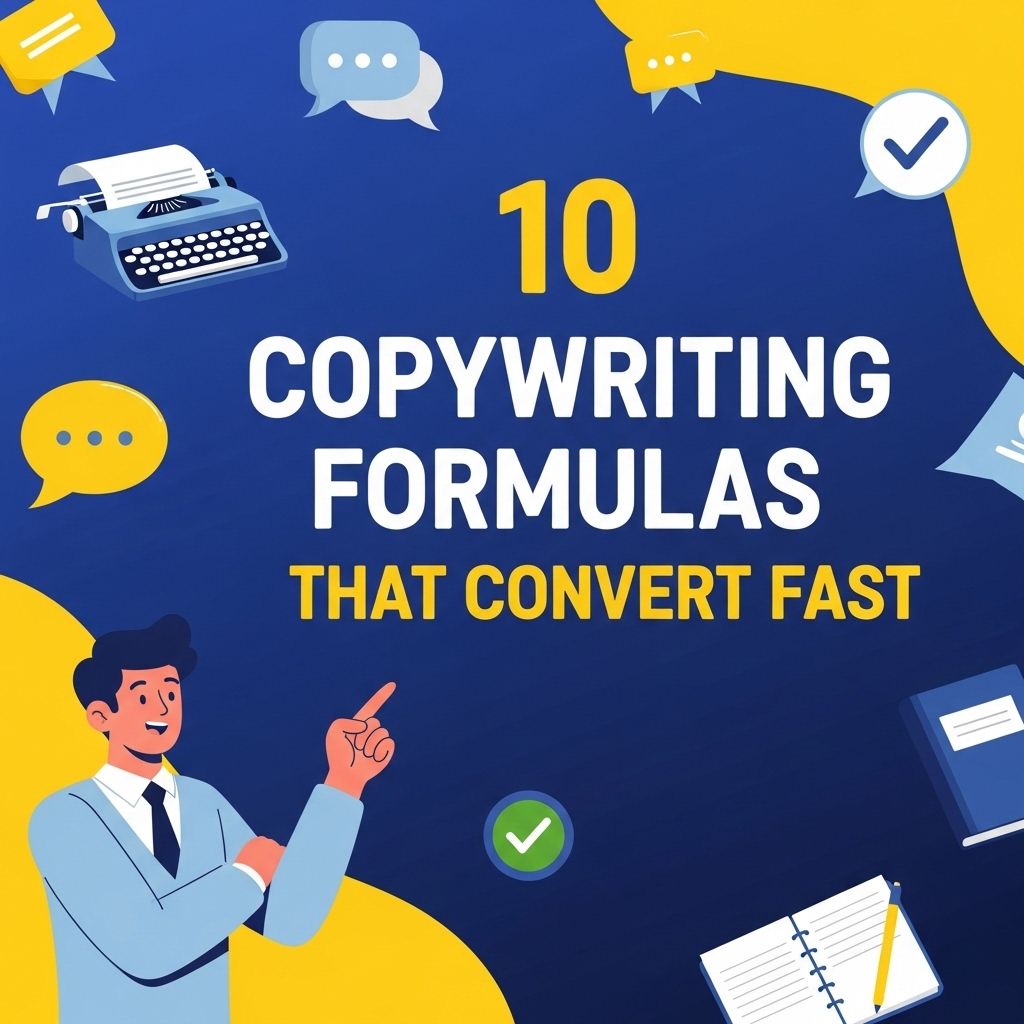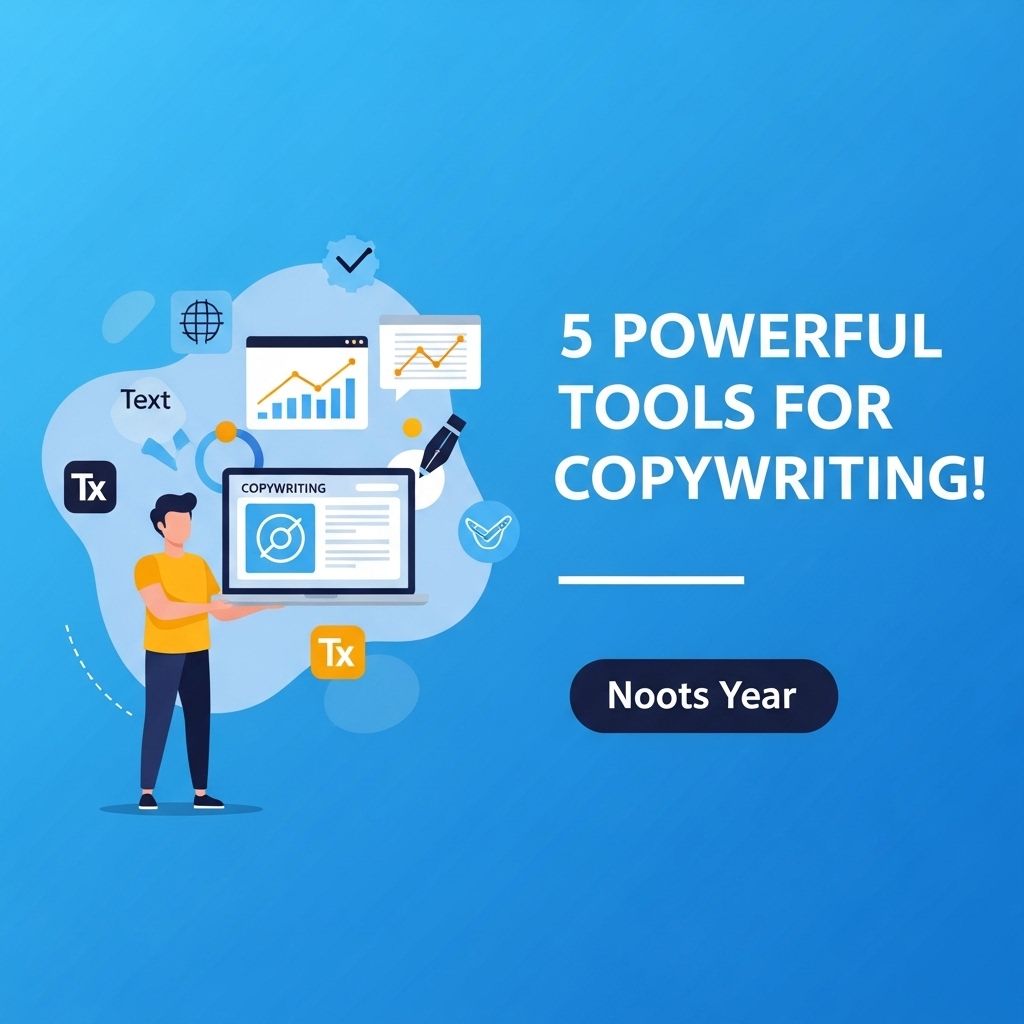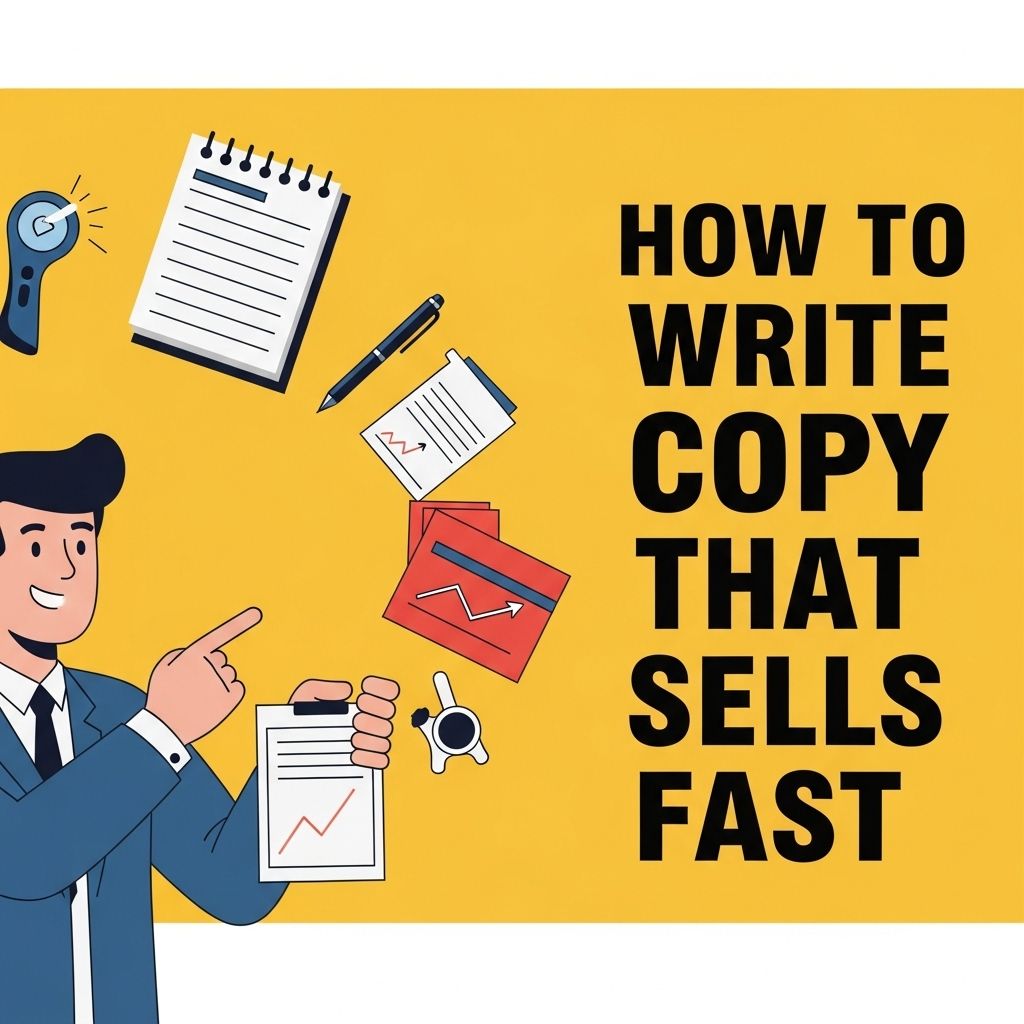In the dynamic world of digital marketing, copywriting plays a pivotal role in turning casual readers into loyal customers. The ability to craft persuasive messages that resonate with the target audience can significantly impact conversion rates. Whether you’re working on emails, landing pages, social media ads, or product descriptions, having a repertoire of effective copywriting formulas is essential. Below, we delve into ten proven copywriting formulas that can help you create compelling content and drive conversions rapidly.
AIDA: Attention, Interest, Desire, Action
The AIDA model is one of the oldest and most effective copywriting formulas. It guides the writer in creating content that captures the audience’s attention and leads them towards taking action.
- Attention: Start with a strong hook, such as a question or an eye-catching statement.
- Interest: Build interest by explaining the benefits of your product.
- Desire: Create a desire for the product by highlighting its unique selling proposition.
- Action: Conclude with a clear call to action.
Example
“Are you tired of endless scrolling through ineffective ads? Discover the secret to crafting compelling messages that convert, and start boosting your sales today!”
Problem-Agitate-Solution (PAS)
The PAS formula is designed to identify a problem, agitate it to create emotional resonance, and then present a solution. This approach is particularly effective for products that solve specific pain points.
- Problem: Identify a common issue faced by your audience.
- Agitate: Amplify the pain or frustration caused by this problem.
- Solution: Introduce your product or service as the ideal solution.
Example
“Struggling to keep your garden looking lush and vibrant? Tired of battling weeds that ruin your hard work? Our premium weed killer provides a fast-acting solution that restores your garden’s glory with minimal effort.”
Before-After-Bridge (BAB)
The BAB formula helps the audience visualize their life before and after using your product, effectively bridging the gap between the two states.
Structure
- Before: Paint a picture of the audience’s current situation.
- After: Describe how life will improve post-purchase.
- Bridge: Explain how your product connects the two states.
Example
“Before using our meal prep service, you may find yourself overwhelmed and eating unhealthy meals. After just a week, you’ll enjoy delicious, nutritious meals crafted to fit your schedule. Let us bridge the gap with our easy-to-use service that saves you time and promotes a healthier lifestyle!”
The 4 C’s: Clear, Concise, Compelling, and Credible
When writing copy, adhering to the 4 C’s formula ensures that your message is effective and trustworthy.
Details
- Clear: Ensure your message is easy to understand.
- Concise: Avoid unnecessary jargon or fluff.
- Compelling: Use persuasive language that entices action.
- Credible: Back up claims with data and testimonials.
Example
“Join over 10,000 satisfied customers who have transformed their lives with our program. Our clear, step-by-step guide will help you lose weight effectively without sacrificing your favorite foods.”
Feature-Advantage-Benefit (FAB)
The FAB formula emphasizes the features of a product, the advantages those features provide, and the benefits to the customer.
Components
- Feature: The specific aspect of the product.
- Advantage: What makes that feature valuable.
- Benefit: The end result for the customer.
Example
“Our smart thermostat (Feature) adjusts the temperature based on your habits (Advantage), ensuring comfort and reducing energy costs (Benefit).”
Star-Story-Solution
This formula revolves around storytelling, which can foster an emotional connection with the audience.
Structure
- Star: Present a relatable character.
- Story: Share a challenge or conflict they face.
- Solution: Reveal how your product helped resolve their issue.
Example
“Meet Jane, a busy mom struggling to balance work and home. With our meal delivery service, she saved hours each week and still enjoyed nutritious meals with her family.”
Testimonials and Social Proof
Leveraging testimonials and social proof can significantly enhance your copy’s credibility and persuade potential customers to take action.
Why It Works
- People trust other consumers’ experiences.
- Testimonials provide authentic validation for your claims.
Example
“Here’s what our customers are saying: ‘I’ve never been happier with a product like this! It changed my life!’ – Sarah, Verified Buyer”
Call to Action (CTA)
A strong call to action is essential for guiding your audience towards the next steps. It should be persuasive and clear.
Key Elements
- Use action-oriented language.
- Create a sense of urgency or exclusivity.
- Make it visually distinct in your content.
Example
“Get started today with our free trial! Act now and discover the benefits risk-free.”
The 5 W’s: Who, What, When, Where, Why
Incorporating the 5 W’s into your copy helps convey essential information and answer potential questions the audience may have.
Application
- Who: Who is the product for?
- What: What does it offer?
- When: When can it be used?
- Where: Where to purchase?
- Why: Why should they buy it?
Example
“Our software is designed for small business owners (Who) who need to manage their finances effectively (What). You can start using it today (When) by visiting our website (Where). It will save you time and money (Why).”
Conclusion
Mastering these copywriting formulas can significantly elevate your marketing efforts, driving conversions and engagement. By understanding your audience and applying these structures, you can craft messages that not only sell but also build lasting relationships with your customers. Remember, effective copywriting is both an art and a science; experiment with these formulas and find what resonates best with your unique audience.
FAQ
What are the best copywriting formulas for conversions?
Some of the best copywriting formulas include AIDA (Attention, Interest, Desire, Action), PAS (Problem, Agitation, Solution), and FAB (Features, Advantages, Benefits).
How can I use the AIDA formula effectively?
To use the AIDA formula effectively, start by grabbing attention with a strong headline, build interest by highlighting key points, create desire by addressing the reader’s needs, and end with a clear call to action.
What is the PAS formula in copywriting?
The PAS formula stands for Problem, Agitation, Solution. It involves identifying a problem your audience faces, agitating that problem to create urgency, and then offering a solution to resolve it.
Can you explain the FAB formula?
The FAB formula focuses on presenting the Features of a product, explaining the Advantages it offers, and detailing the Benefits to the customer.
What is the importance of storytelling in copywriting?
Storytelling in copywriting captures the audience’s attention, builds an emotional connection, and makes the message more relatable and memorable.
How can I measure the effectiveness of my copywriting?
You can measure the effectiveness of your copywriting by tracking metrics such as conversion rates, click-through rates, engagement levels, and customer feedback.




